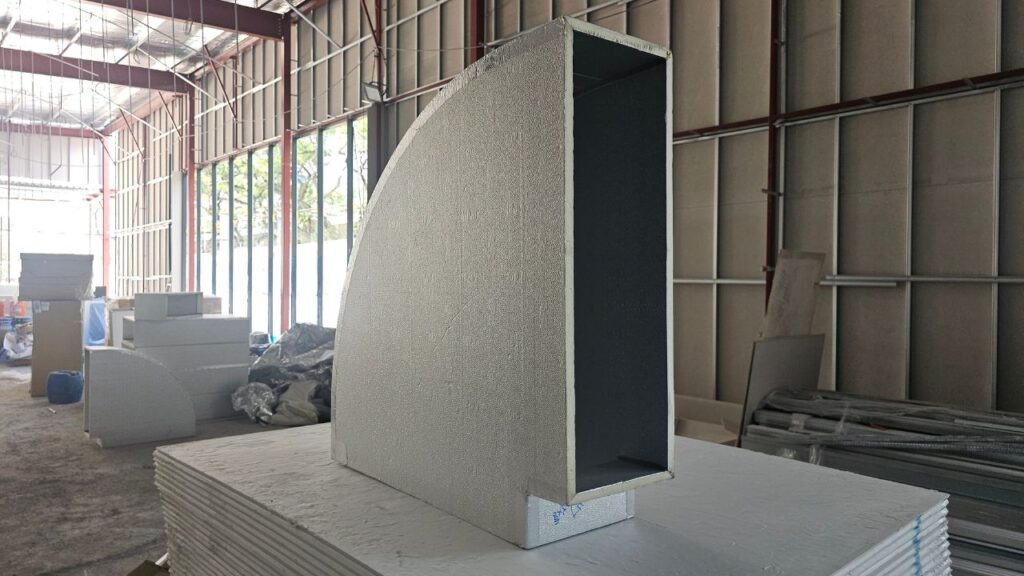In the world of HVAC (Heating, Ventilation, and Air Conditioning), ductwork plays a crucial role in ensuring efficient air distribution, system performance, and energy savings. One increasingly popular option in modern construction and mechanical systems is PID Ducting. But what exactly is PID, and why should it be your go-to choice?
What Does PID Stand For?
PID stands for Pre-Insulated Ducting. It refers to a type of duct system that integrates insulation into the duct panels during manufacturing, rather than requiring insulation to be added on-site after installation. PID ductwork typically consists of a rigid core, usually made of polyurethane or phenolic foam, sandwiched between protective layers such as aluminum foil or galvanized steel.
Advantages of PID Ducting
1. Superior Thermal Efficiency
PID panels come with built-in insulation, offering excellent thermal performance. This helps minimize energy loss from temperature changes in the duct system and reduces the load on HVAC units. The result? Lower energy bills and better temperature control.
2. Space-Saving Design
Because the insulation is integrated into the duct panel, PID ducts are much more compact than traditional sheet metal ducts with external insulation. This makes them ideal for tight spaces or modern buildings where ceiling or riser space is limited.
3. Lightweight and Easy to Handle
PID ducting is significantly lighter than traditional sheet metal alternatives. This makes transportation, lifting, and installation quicker and less labour-intensive, saving both time and cost during construction.
4. Cleaner Installation
On-site fabrication of PID ducts produces less dust and debris compared to metal ducting that requires insulation wrapping. This is especially beneficial for cleanroom environments, hospitals, or any setting where air quality is a concern.
5. Airtight and Moisture-Resistant
PID systems often have a smoother internal surface and fewer joints, which leads to better airtightness. Combined with moisture-resistant materials, this helps reduce the risk of mould growth and improves indoor air quality.
6. Customizable and Pre-Fabricated
These ducts can be custom fabricated on-site or in a controlled workshop environment. This flexibility reduces waste and allows for highly precise duct layouts, which can improve airflow performance and reduce pressure drops.
Conclusion
PID (Pre-Insulated Ducting) is a smart, efficient, and modern alternative to traditional duct systems. Its integrated insulation, lightweight design, and superior thermal performance make it ideal for both new construction and retrofit projects. By choosing PID ducting, you’re investing in long-term energy savings, faster installation, and better indoor air quality.
If you’re designing or upgrading an HVAC system, consider PID ducting as a forward-thinking solution that balances performance, cost-efficiency, and sustainability.




